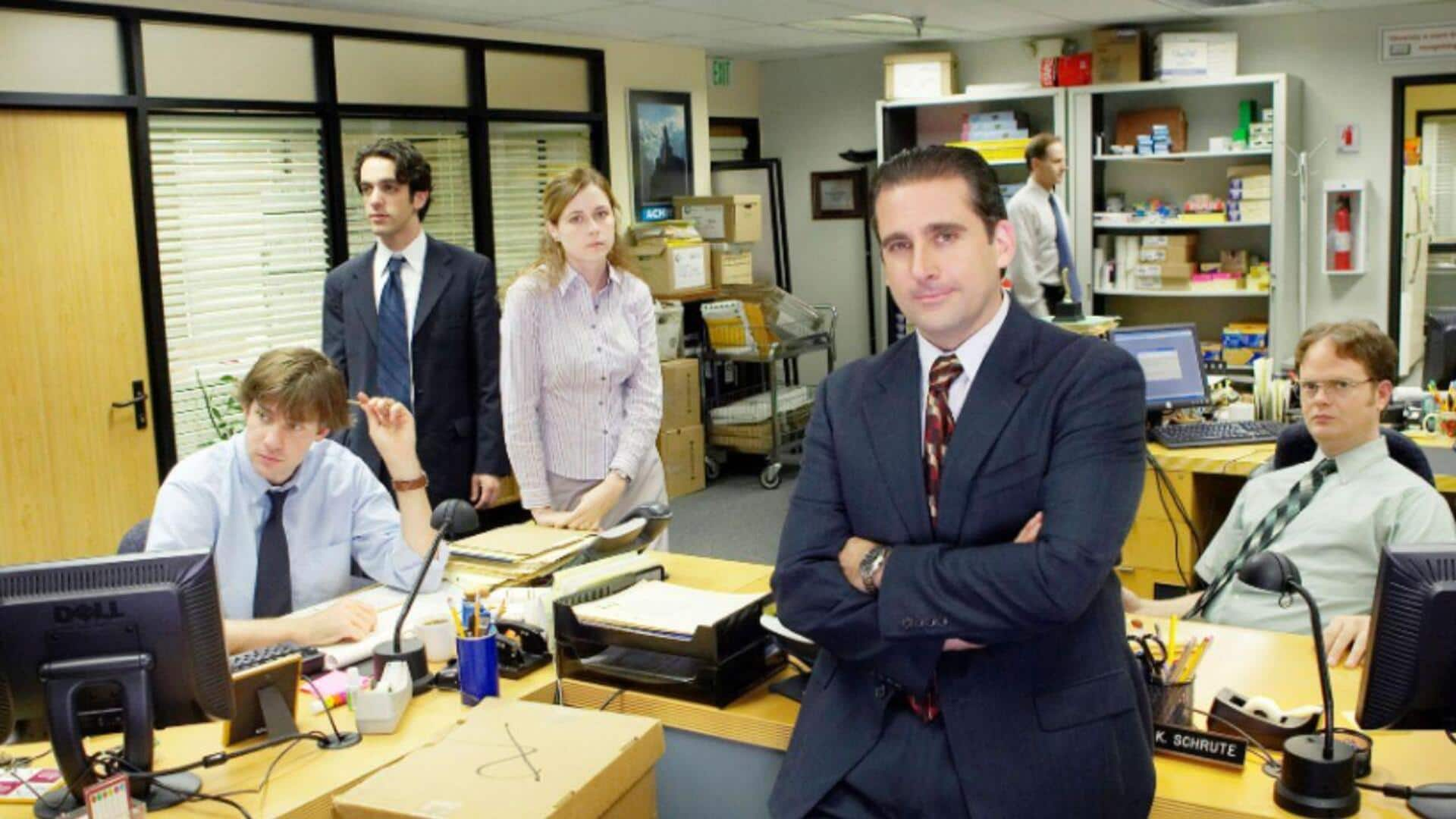
What 'The Office' gets right about workplace dynamics
What's the story
The Office is a great TV show, not just because it's hilarious, but because it gives a real insight into the workplace. It captures the workplace perfectly with its colorful characters and their interactions. The show depicts everything about work culture, from how bosses are to how employees are, and gives us relatable situations. By analyzing them, we can understand how our offices really are and what makes them successful or not.
Leadership
Leadership styles in 'The Office'
In The Office, we see different leadership styles through characters like Michael Scott and Jim Halpert. Michael's style is often anything but conventional, focusing on fun instead of strict professionalism. This shows how leadership can be so different in terms of productivity, depending on the situation and team. Jim's more balanced style explains how flexibility and knowing what employees want can yield better results in managing teams.
Relationships
Employee relationships matter
The series highlights employee relationships as the key to a happy office. Characters like Pam Beesly and Jim Halpert show how strong bonds can lead to better collaboration and productivity. Meanwhile, fights between characters like Dwight Schrute and Andy Bernard show how lingering issues can hamper workflow and affect morale.
Humor
Humor as a coping mechanism
Humor is also a huge part of what makes The Office so hilarious. Not only does it entertain us as viewers, but it also serves as a coping mechanism for characters facing office stressors. Humor helps ease the tension in difficult situations and encourages the spirit of camaraderie among employees. This further proves how important humor is in real workplaces as it builds resilience and strengthens bonds.
Diversity
Diversity reflects real workplaces
One of the main reasons The Office is so relatable is its diversity. The show's varied cast of characters each brings something different to the table. This is similar to real-world workplaces where diversity is becoming a key asset for driving innovation and creativity. By showing different backgrounds, experiences, and viewpoints in the office, the show emphasizes the importance of inclusivity to foster growth.